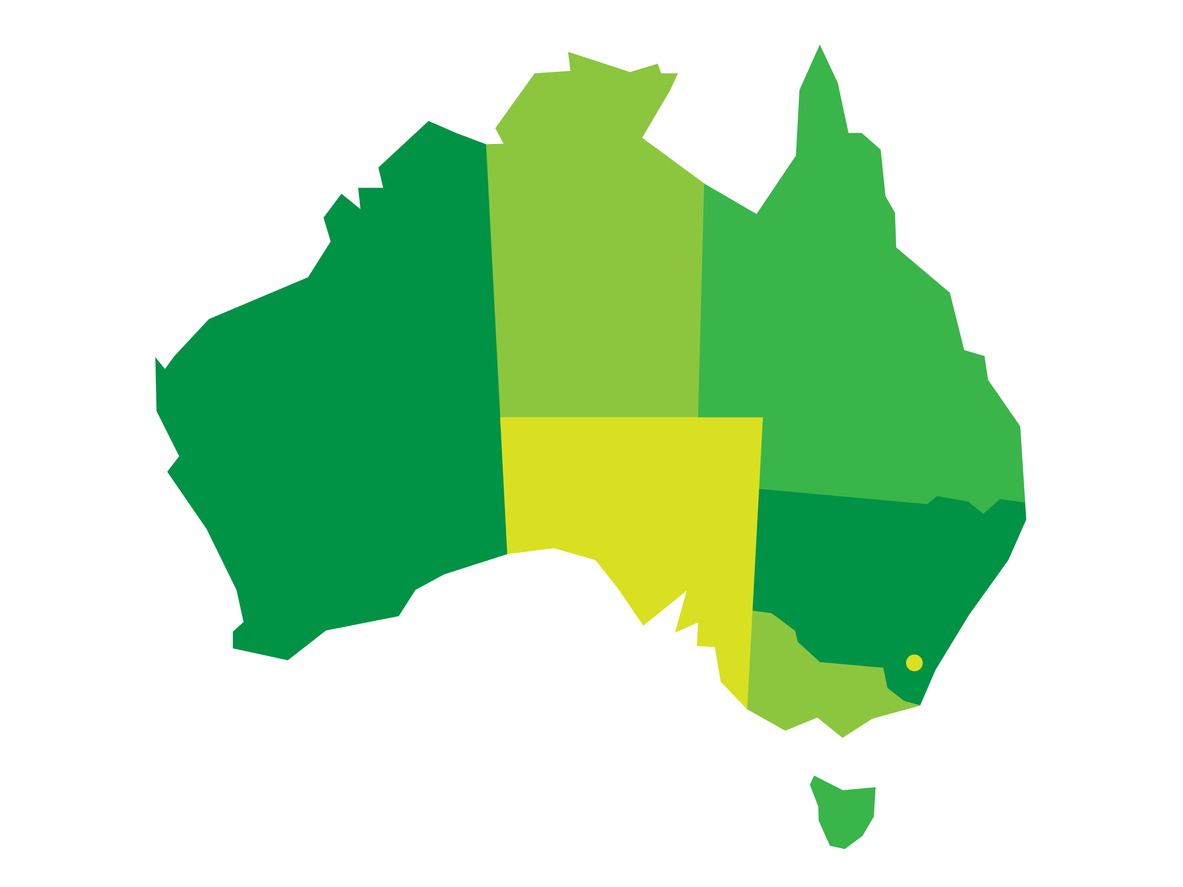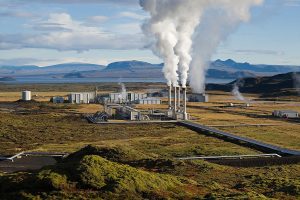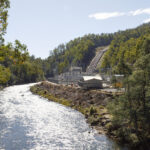
The Australian government previously agreed to the Paris Agreement on Climate Change but in just a year’s time, a report has established the fact that Australia is at a risk of falling short of its national emission targets.
Moreover, the situation is being faced without ramping up the shift of the electricity sector towards renewable energy.
The report concluded that for electricity generation by the year 2030, Australia would need at least 66% – 75% renewable energy in order to meet the commitments of the Paris Climate Agreement.
If not, they are likely to face a delay in the necessary transition, increasing final cost to the economy.
This issue needs to be addressed with the right measures so that the burden of emission reduction is not transferred to other sectors such as agriculture or manufacturing.
As per the agreement, Australia is supposed to cut down carbon emissions by almost 28% below 2005 figures. Considering that; the energy sector of Australia accounts for at least 35% of Australia’s emission – having a big part to play in reducing emissions.

Australia Aims at Passing Down the Emission Burden:
According to Ben Oquist – Executive Director of Australia Institute – the easiest way to meet the agreement responsibilities, made under the government of Abbott, is to focus on the energy sector. Otherwise, the nation might head down a difficult path in the near future.
He stated to Guardian Australia:
“While political uncertainty continues to shroud energy policy, this new modeling analysis shows higher levels of renewables will be needed if Australia is to meet the Paris targets in an economically efficient manner.Regardless, Australia’s 26-28% emissions targets will have to be lifted in the future if Australia is to meet its obligations to help avoid the 1.5-2 degrees of global warming agreed to in Paris.The reality is that the electricity sector will have to ‘go faster’ in reducing emissions than other sectors of the economy. Outside the electricity, arena abatement is more expensive and the technical and political complexities are greater.”
The analysis of the institute takes reforming the energy sector as the easiest path.
“The good news is that renewables are now driving down prices and more renewable in the future will lead to even lower costs. With a combination of a ‘smarter’ grid, storage and demand management, much higher levels of renewable penetration can be achieved with strong reliability and in a more cost-effective way than a coal-dominated system.” – says Oquist
Tough Call for Turnbull Government:
The findings of the report come at a very critical time for the government. Being under attack from within, the Turnbull government seems to be stuck in a dangerous no-man’s land regarding both the renewable energy policy and the climate.
Such uncertainties with regards to policy settings can also affect the investment and might increase the capital cost, with the flow of effects coming on the electricity price in the market.
While the government claims to be consistent in putting efforts to meet the commitments of the emission target, it still remains to be seen if the Australian government chooses to meet the agreement in the hard or the easy way.



No comment yet, add your voice below!